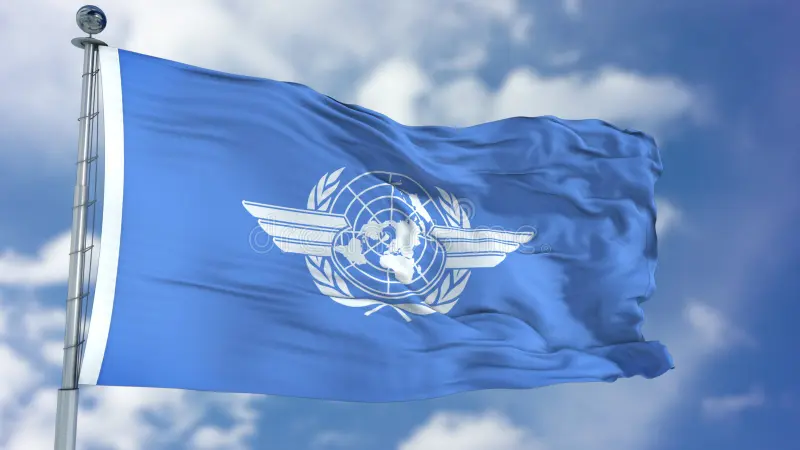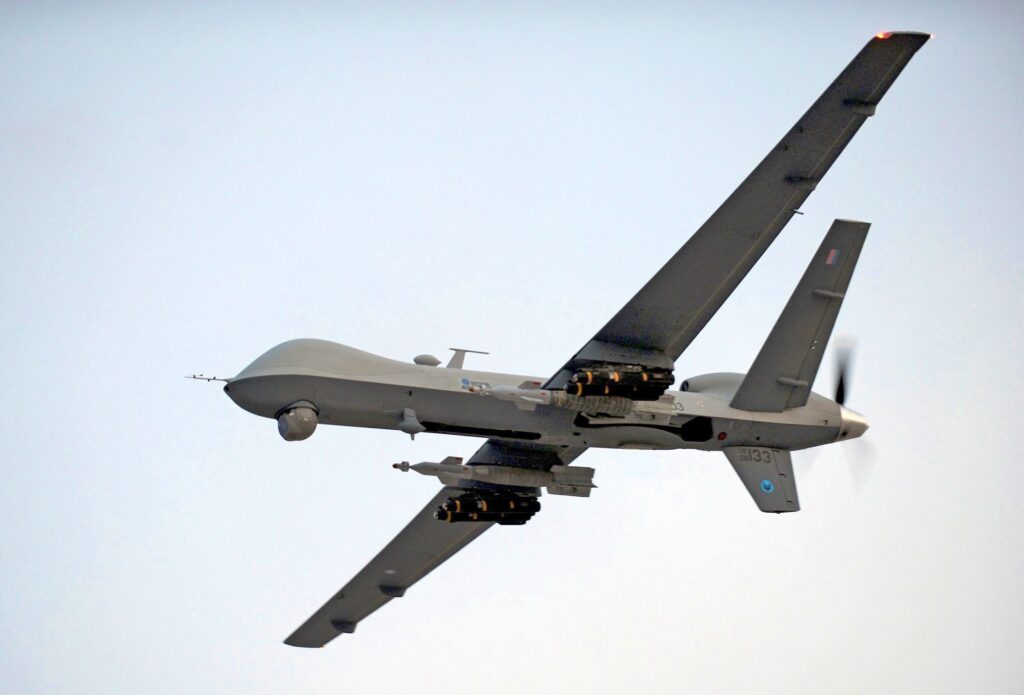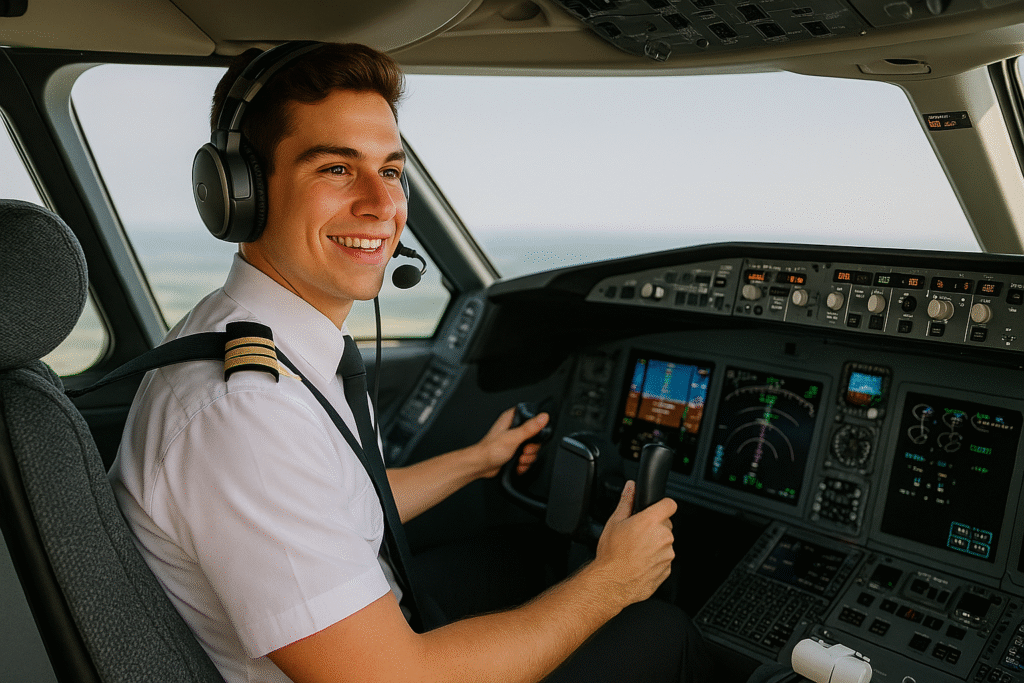What Every Student Pilot Should Know About New International Rules
The International Civil Aviation Organization (ICAO) sets the rules that all countries follow to keep flying safe and organized worldwide. As a student pilot in India, understanding these standards is crucial because they directly affect how you’ll train, fly, and build your career.
What is ICAO and Why Should You Care?
ICAO is like the “rule book maker” for global aviation. It’s a UN agency that helps 193 countries work together to share airspace safely. When ICAO creates new standards, India’s aviation regulator (DGCA) must update our local rules to match them.
Think of it this way: if you want to fly internationally someday, you need to follow rules that work everywhere in the world. That’s what ICAO standards ensure.

Major Changes in 2024
Drone Integration is Now Official
The biggest news in 2024 was ICAO’s approval of new standards for integrating drones (called RPAS – Remotely Piloted Aircraft Systems) into regular airspace in April 2024. This means:
- Drones will soon share the sky with regular aircraft
- Air traffic controllers will manage both manned and unmanned flights
- New procedures are being developed for safe mixed operations
Enhanced Safety Management
ICAO has updated its safety management requirements, emphasizing:
- Better data collection about safety incidents
- More proactive approaches to preventing accidents
- Improved training for all aviation professionals
How These Changes Affect Student Pilots in India
Training Updates
Your flight training will soon include:
- Drone Awareness: Learning how to spot and avoid drones during flight
- Enhanced Weather Training: Better understanding of weather-related decision making
- Digital Navigation: More emphasis on modern GPS-based navigation systems
- Safety Reporting: How to properly report safety concerns and incidents

License Requirements
The DGCA is updating training requirements to match ICAO standards:
- More hours of instrument training for commercial pilots
- Enhanced English proficiency requirements for international operations
- Updated medical examination standards
- New training modules on emerging technologies
Career Opportunities
These changes create new opportunities:
- Drone Pilot Careers: Commercial drone operations are expanding rapidly
- International Flying: Better standardization makes it easier to work abroad
- Technology Roles: New positions in aviation technology and safety management
Key Areas You Should Focus On
Modern Navigation Systems
ICAO emphasizes safe integration of new aircraft types into existing airspace, which means:
- Learn both traditional and GPS navigation thoroughly
- Understand how air traffic control manages mixed operations
- Practice situational awareness with multiple aircraft types
Communication Skills
- Master standard aviation phraseology
- Improve English proficiency (required for international operations)
- Learn to communicate effectively with air traffic control in busy, mixed airspace
Safety Mindset
- Develop strong decision-making skills
- Learn to identify and report safety hazards
- Understand your role in the overall safety system
Looking Ahead
Future of Indian Aviation
India’s aviation industry is growing rapidly, and these new ICAO standards position it well for:
- Increased international connectivity
- Leadership in drone technology applications
- Enhanced safety reputation globally
- More diverse career opportunities
Your Role as a Future Pilot
As you progress through training, remember that you’re entering aviation during an exciting transformation period. The skills you develop now – especially adaptability, technology proficiency, and safety consciousness – will serve you throughout your career.

Practical Advice
For Current Training
- Ask your instructors about the latest regulatory changes
- Practice with modern avionics whenever possible
- Join aviation forums and stay informed about industry developments
- Consider additional training in emerging areas like drone operations
For Career Planning
- Research international license conversion requirements
- Consider specializing in areas where new standards create opportunities
- Build strong foundational skills that adapt to changing technology
- Network with professionals who work with international standards
Bottom line
The latest ICAO standards represent both challenges and opportunities for Indian aviation. As a student pilot, embracing these changes and understanding their implications will give you a competitive advantage in your career.
Remember: these standards exist to make flying safer and more efficient. By understanding and following them, you’re not just complying with rules – you’re becoming part of a global aviation community committed to the highest standards of safety and professionalism.
The future of Indian aviation is bright, and with proper preparation and understanding of these evolving standards, you’ll be well-positioned to be part of that success story.
Want more aviation insights like this? Subscribe to our blog or follow us on Instagram @eazypilotindia for weekly content on flight training, career tips, and aviation news.